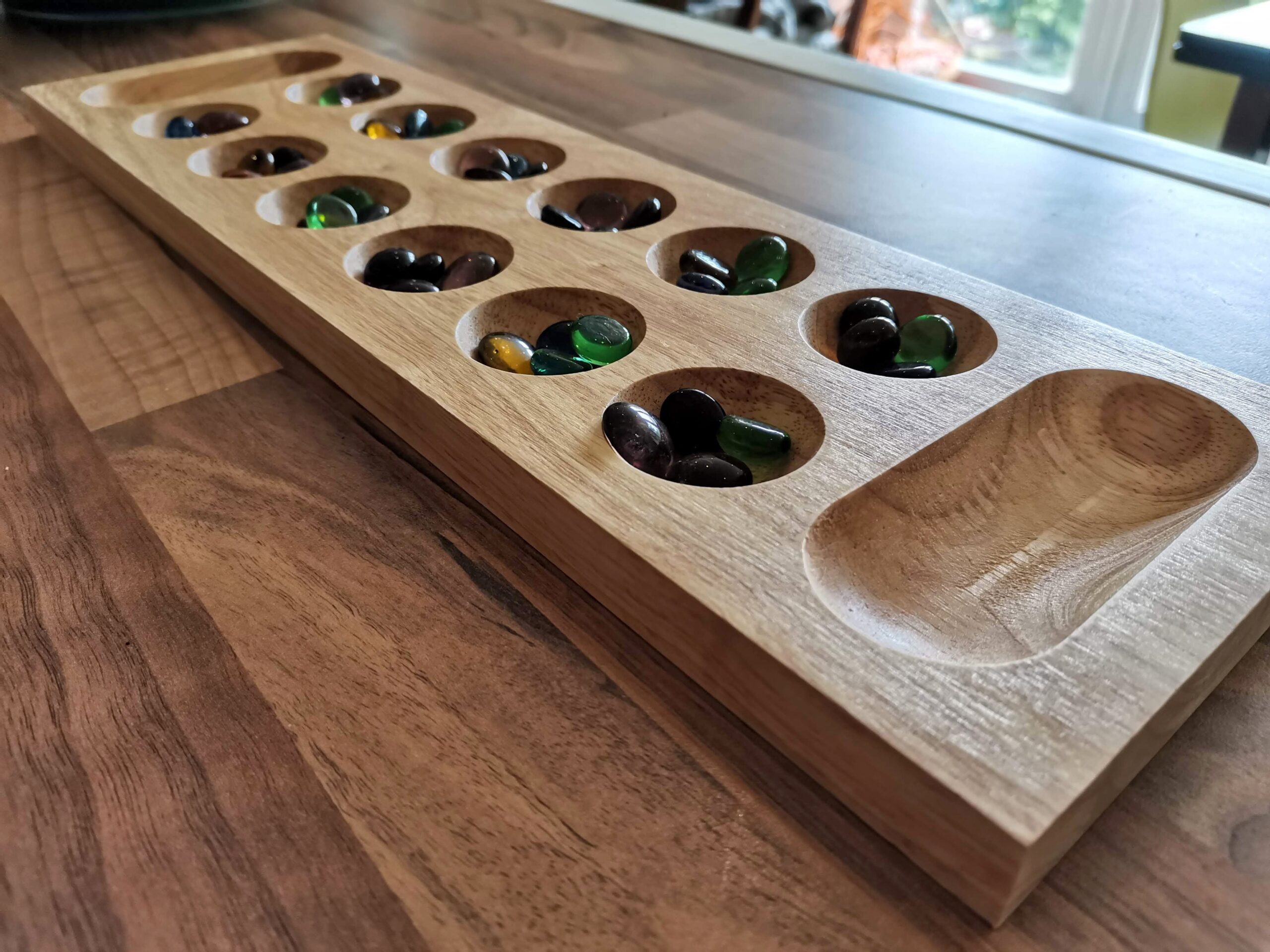Cytress Preview

Cytress is a cyberpunk game of climbing, both figuratively and literally. In the game’s post-modern setting, the wealthiest and most-powerful of the world’s elite live in a sky hub known as Stratos, where they look down their collective noses at the rest of the planet’s riff-raff – you included. You’re a rebel who, in true Metropolis style, lives down in what’s known as The Underbelly. The aim of the game is to raise your profile, your crew, and your standing with the various factions, to then make your way up to where you feel you belong.
When you get Cytress setup on the table, there’s no denying it makes for an impressive sight. The modular boards, plastic tubes, and garish neon hues all scream “Cyberpunk, yo“. The most impressive thing of all, however, is the 3D structure at the end of the table that represents the Stratos floating city. If you’ve ever played Everdell, you’ll know the sort of thing I’m talking about. Ultimately pointless, but fun to interact with, and in Cytress it actually has thematic ties, which goes some way towards warranting its inclusion in the game.
Totally tubular
If you’re wondering how flatpack cardboard table furniture could be thematic, you aren’t alone. I was wondering why it’s in the box too. Everdell’s tree is undeniably gorgeous on the table, but from a practicality point-of-view, it’s not great. The cards on the upper levels are unreadable, as they lie flat, and there’s absolutely no reason for tortoises to be in the tops of trees. Cytress’ floating utopia, however, is better. Firstly there’s nothing you need to read up on those eye-level horizontal planes. You just plonk cubes up there. Secondly, during the game you’ll physically put together little plastic tubes, which represent the tubes that are your route into the upper echelons.

The little tubes are built on a board of hexes that the players are fighting for control over. As you build them higher, you can reach the higher levels on the floating city. You literally build little towers that reach up in the air to place cubes on higher levels. That’s neat! Could they have done it without the cardboard building? Yes, absolutely, but it’s tied-together quite neatly here. I suspect I’d just end up playing with the levels as flat, separate boards anyway, but it’s definitely a game that’ll grab attention.
Does it deserve the attention? Yes, it does.
Lifepaths
Cytress is a worker-placement game, and it’s smack-bang in the middle of the medium-weight category. It’s no A Feast For Odin, with it’s thousand-and-one placement options, but in the same breath it’s a little heavier than something like Stone Age. What sets this apart from its ludological siblings is the clever Lifepath mechanism. Many of the actions you take from the four main areas of the board (or more accurately, boards, as these are modular) let you add cards to your player area’s Lifepaths, and each card added, adds more icons. Without going into too much detail, different paths award bonuses at different phases in each round.

Sometimes that’s more resources in the income phase, another path might give you resources when an opponent takes an action in an area you have influence in. It’s a brilliant system, because it gives you so much more to think about. The areas you choose to take actions in not only give you the benefits of those actions, they also go towards building benefits you’ll get from other actions.
Along the way you’ll be able to upgrade your skills for certain actions, and the little cards that represent them have two options. When you cover up one side with a tile to choose your skill, it completes the little portrait on the card, and adds another nice layer of customisation, making your build feel very personal.
Tubeway army
Most of the real crunchy interaction happens around the center board. The hexes there are locations you can build your tubes on. They’re colour-coded using the same four colours that pervade every other place and action in the game. You can build up from wherever you like, but the player cubes that occupy the surrounding spaces influence how many points you’ll score for each.
The little plastic tubes area really good fun to play with too! I defy anyone to not want to see how long a stick they can make.

The little area-control battle it throws in the mix is really nice, and it probably won’t hit home how important it is until after your first game. The way that Sean Lee – the designer – has integrated the mixture of tableau-building, worker-placement, and area control is really clever. None of them are difficult at all, in fact they’re all pretty simple implementations of each, but the way they’re balanced and interconnected makes for a really fun puzzle.
Final thoughts
For a prototype game, Cytress feels really polished. Cyberpunk’s been done to death, with Netrunner probably being the high point, but Cytress feels fresh. The colour scheme and artwork are striking, and uniform throughout the game. If you saw this on a table at a games night or convention, you’d stop and take notice. I’ll be sorry to see this one move on to the next content creator, I’ve had a lot of fun with it,
I think Cytress would be a brilliant game to introduce non-gamer friends to, especially if the traditional, dry Euro themes are off-putting to them. Cyberpunk is cool. Plastic towers are fun. The Stratos model looks impressive. Most important though, are the feelings Cytress conjures up. The game’s mechanisms are easy to learn, and while it never gets much deeper than a medium-weight level of complexity, it feels like you’re doing something much cleverer than you are.
That’s not a slant at the game, in fact it’s the opposite. Plenty of games swamp players with choices, and sometimes it can feel like it’s done for complexity’s sake. Cytress offers a futuristic, original twist to a Euro formula that would otherwise be applied to traditional industries in bygone, beige cities. If Cytress gets the exposure and hype that it deserves, it should do really well. If you’re a Euro-gamer at heart and want a futuristic theme for a change, check it out. You can sign up for an alert when the Kickstarter goes live, here.
Preview copy kindly provided by Sean Lee. Thoughts and opinions are my own.

Cytress (2022)
Designer: Sean Lee
Publisher: Tress Games
Art: Riotbones
Players: 2-5
Playing time: 60-90 mins











